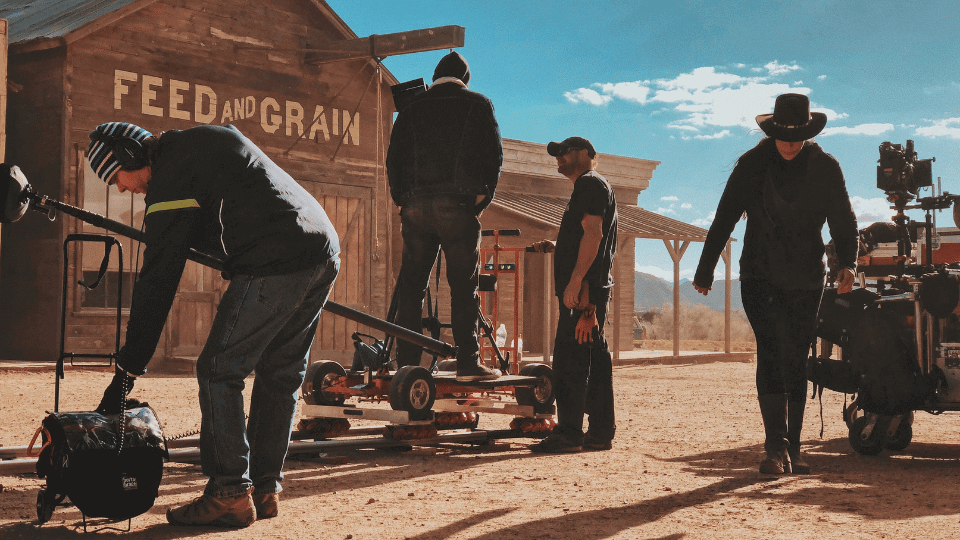Saving Private Ryan: A Closer Look at its Cinematography
Saving Private Ryan is a 1998 war film directed by Steven Spielberg. It tells the story of a group of soldiers who are sent on a mission to find and retrieve a paratrooper named Private James Francis Ryan, whose three brothers have all been killed in action. The film is known for its realistic portrayal of war and its use of innovative cinematography techniques, which have made it a classic in the film industry.
In this blog post, we will take a closer look at the cinematography of Saving Private Ryan and explore how aspiring filmmakers can learn from its techniques.
The Cinematography of Saving Private Ryan
Saving Private Ryan is known for its realistic portrayal of war, which is largely due to its cinematography. The film’s cinematographer, Janusz Kamiński, used a variety of techniques to achieve this realism.
Handheld Camera
One of the most notable techniques used in Saving Private Ryan is the handheld camera. This technique gives the film a documentary-like feel and makes the viewer feel as though they are in the middle of the action. The handheld camera is used throughout the film, but it is particularly effective in the film’s opening sequence, which depicts the D-Day invasion of Normandy.
Desaturation
Another technique used in Saving Private Ryan is desaturation. This technique involves removing color from the image, which gives the film a more muted and realistic look. The desaturation is most noticeable in the film’s battle scenes and helps to create a sense of grittiness and brutality.
High-Speed Film
Saving Private Ryan also makes use of high-speed film, which allows for slow-motion shots. This technique is used to great effect in the film’s battle scenes, where it gives the viewer a chance to see the chaos and violence in greater detail.
Low-Angle Shots
Finally, Saving Private Ryan makes use of low-angle shots. This technique involves placing the camera low to the ground and pointing it up at the subject. This creates a sense of power and dominance, which is particularly effective in the film’s battle scenes.
Learning from Saving Private Ryan
Aspiring filmmakers can learn a lot from the cinematography of Saving Private Ryan. Here are a few key takeaways:
- Handheld cameras can be a powerful tool for creating a sense of realism and immersion in your films.
- Desaturation can be used to create a more muted and realistic look, particularly in films with a gritty or violent subject matter.
- High-speed film can be used to great effect in action scenes, giving the viewer a chance to see the chaos and violence in greater detail.
- Low-angle shots can be used to create a sense of power and dominance, particularly in scenes with a lot of movement.
Conclusion
In conclusion, the cinematography of Saving Private Ryan is a masterclass in realism and immersion. Aspiring filmmakers can learn a lot from its use of techniques like handheld cameras, desaturation, high-speed film, and low-angle shots. By studying the cinematography of Saving Private Ryan and taking courses like the NYU Film and TV Industry Essentials program, you can develop the skills you need to succeed in the film industry.




